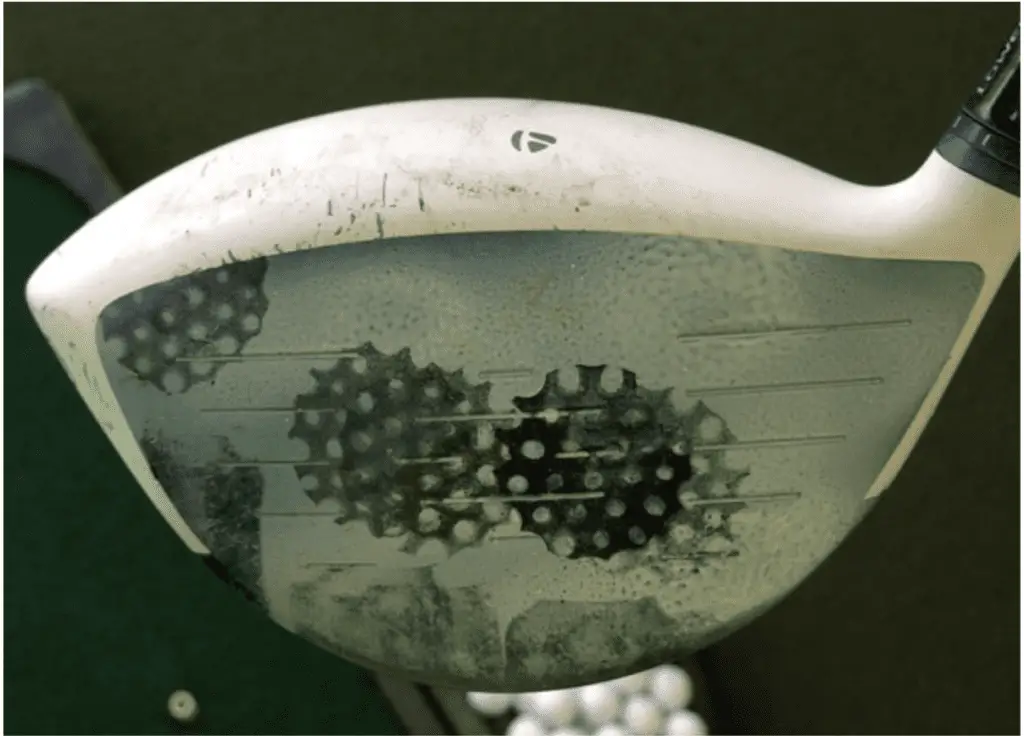
Golf Club Distance Guide: How Far Should I Be Hitting My Clubs?
Photo From redbirdiegolf
Originally Posted On: https://redbirdiegolf.com/golf-club-distances/
Ok, so let me ask you a quick question, have you ever met anyone that’s ever said “I wish I didn’t hit the ball as far.”? Yeah, me neither.
Distance is just one of those things that people look at as the Holy Grail. Sure, being a great putter and being able to sink 10 footers consistently will lower your scores but everyone wants to be able to hit the ball far.
Take the numbers we show below with a grain a salt since you might have a guy who’s a 14 handicap and crushes the ball but can’t sink a putt to save his life. On the other end, you might be the guy who only hits a driver 200 yards but whenever you get inside a 100 yards, you’re an assassin.
As a general rule though, the farther you hit the ball, the lower your handicap will be.
Now before we dive into how far you should be hitting your clubs, let’s start by getting a baseline of how far pros and top amateurs really hit the ball.
Men’s PGA Tour Pro Golf Club Distances
Now before you start diving into these numbers, keep 1 thing in mind. In the world there are about 60,000,000 people who describe themselves as golfers and only about 125 carry PGA Tour Card. So what we’re talking about here are (get ready for this) the top .0002% of all golfers in the world, yikes!
Here’s some data we were able to get from Trackman:
Clubhead Speed (MPH)Carry (Yards)Ball Speed (MPH)Smash Factor (Ball Speed/Clubhead Speed)Driver1132751671.483 Wood1072431581.485 Wood1032301521.47Hybrid1002251461.463 Iron982121471.454 Iron962031371.435 Iron941941321.416 Iron921831271.387 Iron901721201.338 Iron871601151.329 Iron851481091.28PW831361021.23
The one number you may not be familiar in the above chart is the column called “Smash Factor”. All this number is, is the ball speed/clubhead speed and it indicates the quality of contact with the ball.
The higher the smash factor, the better contact you’re making and therefore getting maximum ball speed when leaving the club face which then translates to overall carry distance.
Men’s Scratch Golfer (0 Handicap) Golf Club Distances
A scratch golfer is someone who carries a handicap of 0. What this basically means is that on a par 72 course with a rating of 72, a scratch golfer is someone capable of shooting even par. Notice I said “capable” not average, because that’s what a handicap measures; the potential of what the player CAN shoot.
Now when you look at the number of golfers who are scratch, you’re talking about the Top 1% of all golfers or about 600,000 total in the world.
Clubhead Speed (MPH)Carry (Yards)Driver1062593 Wood1002285 Wood97216Hybrid942113 Iron921994 Iron901905 Iron881826 Iron861727 Iron841618 Iron821509 Iron80139PW78128
So I’m sure as you can notice, the scratch golfer is right up there when it comes to distances of what a tour pro hits, maybe 1 club less.
The real differences that can’t be measured by distance are things like putting, greens in regulation, fairways hit, bunker saves, scrambling, etc…
Men’s Average Golfer (14 Handicap) Golf Club Distances
So this is where the vast majority of golfers lie. The median (50% above and 50% below) handicap is about a 13. These golfers usually shoot in the low 90’s/high 80’s with the occasional round in the mid 80’s.
Clubhead Speed (MPH)Carry (Yards)Driver932153 Wood881905 Wood85180Hybrid821763 Iron811664 Iron791595 Iron771526 Iron761437 Iron741348 Iron721259 Iron70116PW68106
As you can see in the numbers above, there is quite a significant difference between the distances of the average golfer and the scratch golfer; about 25-30 yards or 2-3 clubs.
Initially you may be thinking, oh, i just need to swing the club faster! Kinda like this guy:
Well yes and no, remember that little thing I mentioned earlier called “Smash Factor” that takes into consideration the quality of your ball striking?
Simply swinging harder may lead to more distance but will most probably lead to poorer contact. For example, let’s take throwing darts. Imagine you have to hit a bullseye from 8 feet away, you’d probably throw the dart at a comfortable speed that you can control.
Now imagine you’re told to hit a bullseye throwing the dart as hard a humanly possible, good luck with that!
Swinging at 100% effort on every shot, you’re going to end up with clubface looking like this one:

(photo from Golfwrx)
Here’s a great article showing the clubface shot dispersion by handicap level.
Now you start adding the differences in the short game and you can see why there is a 14 stroke gap between these types of players.
There’s Hope Though!
So at this point you may feel a little discouraged about where you are compared to other golfers. You may find yourself close to these numbers but you may also find that you’re way off.
Golf is a tough game, while the swing itself is one of the most complex athletic movements. Toss in the other variable like the mental game and you can why sometimes it can take years to become consistent and improve.
While it remains one of the hardest sports in the world, let’s talk about some simple things you can start doing right away to help you improve faster by hitting the ball further and shoot lower scores.
4 Things To Help You Hit The Ball Farther
Hit The Sweetspot
Hopefully you’re convinced that JUST swinging harder isn’t the answer! You need to be focused on making good contact.
To figure out where you’re making contact by getting can of foot powder spray a put some on the club face. Next, go ahead and take a swing and notice where you hit the ball. Now remember that feeling and repeat.
After a while you’ll start to be able to “feel” where you’re making contact on the clubface.
From here I would focus mainly on making good contact, even if that means slowing down your swing and only going at 75% percent. As you start gaining confidence, you can start to swing a little bit harder and who knows, you might start looking like this guy!
Take Lessons
One of the quickest ways to improve is to get professional advice from a PGA Teaching Professional.
I know lessons can be expensive but getting expert advice from another pair of eyes can take your game to the next level.
Sometimes what we feel we’re doing is actually different from what we’re really doing. By getting someone to analyze your swing and make some suggestions/tips based on accurate feedback is invaluable.
Whether it’s just a single drop in lesson or someone you want to start working with consistently, getting lessons early on can only help!
Upgrade Your Equipment
As a beginner or even a mid handicapper, getting the latest golf tech can provide dramatic improvements to your game.
Whether it’s a new set irons or the latest driver, investing in new clubs every few years is a good decision.
For me personally, I used to play a TaylorMade TP R510 Driver from the early 2000’s for almost 15 years! When I upgraded to a TaylorMade R1 I saw almost 15 yards in added distance. Trust me, I wish I would’ve upgraded much sooner!
Get In Shape
And now finally, we’ve come to the one everyone will probably like the least; start working out regularly!
Golf. Is. A. Sport. Start training like it!
In case you haven’t noticed, the vast majority of the top golfers in the world take their fitness very serious; Brooks Koepka, Rory McIlory, Dustin Johnson and of course the guy who started it all Tiger.
It may seem like a lot but if you’re not sure where to start, then we got the perfect thing just for you over here.
Get At It
There you have it, you know where you stand and you know where you would like to be.
Golf is a difficult game but like anything, putting in the time to get better is the quickest way to improve.
Or on the flipside, maybe you don’t care what you shoot and you just like being outside, spending time with friends.
Either way, get out there, just have fun, and enjoy the game and all it has to offer!
